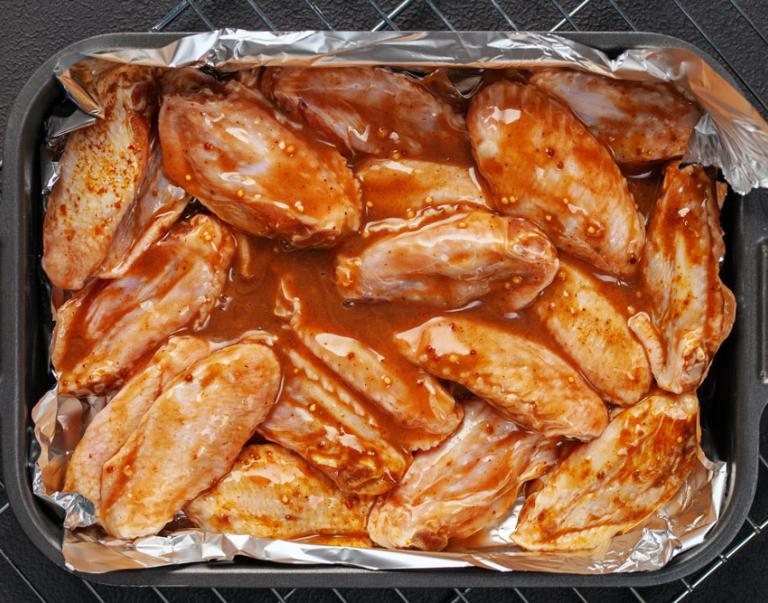
In a scene that’s a telltale sign of summer across the southern United States, farmers’ markets and grocery stores are now proudly declaring that they are stocked with ripe, delicious, American-grown peaches.
Thanks in part to a Technical Assistance for Specialty Crops (TASC) grant from USDA’s Foreign Agricultural Service (FAS) to the Georgia and South Carolina Peach councils, fresh Georgia and South Carolina peaches are now also being enjoyed by our neighbors in Mexico for the first time in 17 years.
Historically, Mexico had been an important export market for South Carolina and Georgia, which are the second and third largest peach-producing states, respectively, behind California. Exporting to Mexico helped stabilize the price and demand for peaches, which was a significant benefit to peach producers. That changed, however, in 1994 when Mexico put a ban on southern peaches because of concerns over invasive pests.
In 2005, federal and state agencies came together to discuss how they could reopen the Mexican market. In 2008, officials from FAS and USDA’s Animal and Plant Health Inspection Service (APHIS) began negotiating with Mexico to establish protocols to ensure peach-eating pests won’t make it across the border. This year, United States signed an agreement with Mexico that once again allows access to southern-grown peaches.
In order to help ease the costs required to maintain the new protocols, which include purchasing supplies for new pest traps, hiring personnel to monitor the traps and flying Mexican government inspectors to the United States to witness the peach production processes firsthand, the Georgia and South Carolina Peach Councils turned to FAS’s TASC program. In 2010, they applied for and were awarded a grant of $240,000 to be used over two years for the project titled “Export of Fresh, Systems-Protected Georgia and South Carolina Peaches to Mexico.”
Thus far, southern peach exports to Mexico are thriving and, according to the South Carolina Department of Agriculture, without the TASC grant, the reopened market for southern peaches would not have been possible. From South Carolina alone, 18 loads – equaling 567,000 pounds – of peaches have already shipped to Mexico.
TASC was created to help U.S. exporters who face sanitary, phytosanitary and related technical barriers that prohibit or threaten the export of specialty crops. Beyond southern peaches, TASC grants have been awarded to specialty crop producers across the United States totaling $8 million in fiscal year (FY) 2010. A total of $9 million in TASC grants is authorized to be awarded in both FY 2011 and FY 2012.
Helping U.S. agricultural exporters gain and maintain access to international markets is a top priority for FAS. Every $1 billion in agricultural exports supports 8,400 American jobs and generates $1.31 billion in economic activity.
With each export success, including this newly reopened Mexican market, USDA is helping achieve the President’s National Export Initiative (NEI) goal of doubling all U.S. exports by the end of 2014. Now, that’s simply peachy!


